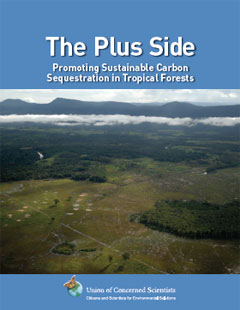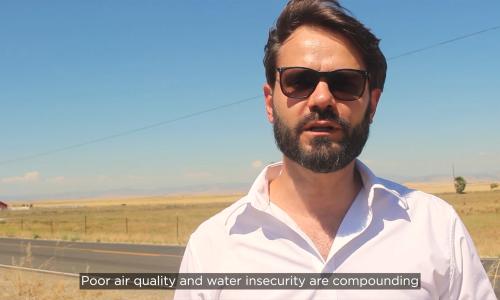Deforestation and forest degradation in tropical countries account for about 10 percent of global warming pollution each year. Tropical forests are a net source of carbon emissions because vast areas are being cleared for agricultural expansion, and because such forests grow slowly, so they sequester—that is, absorb from the atmosphere—only small amounts of carbon each year.
To help mitigate the worst effects of climate change, developing nations need to reduce net global warming emissions from tropical forests by 50 percent by 2020, and bring them to zero by 2030. However, a rapid reduction in deforestation and forest degradation will not be enough to achieve those goals. These nations must also scale up activities that increase carbon sequestration in tropical forests.
A set of policies known as REDD+ (Reducing Emissions from Deforestation and Degradation, Plus Related Pro-forest Activities) aims to do just that by conserving existing tropical forests, restoring degraded forests, seeding new forests, and managing them sustainably. The Intergovernmental Panel on Climate Change reports that putting a price on carbon—such as under a REDD+ system—could spur tropical nations to sequester 1 gigaton of carbon each year through reforestation.
This report explains how a variety of forestry practices can be used to achieve REDD+ policies while meeting strict standards for protecting the environment and communities. If applied effectively, the full range of REDD+ activities can turn forests from a source of global warming emissions into a sink.




